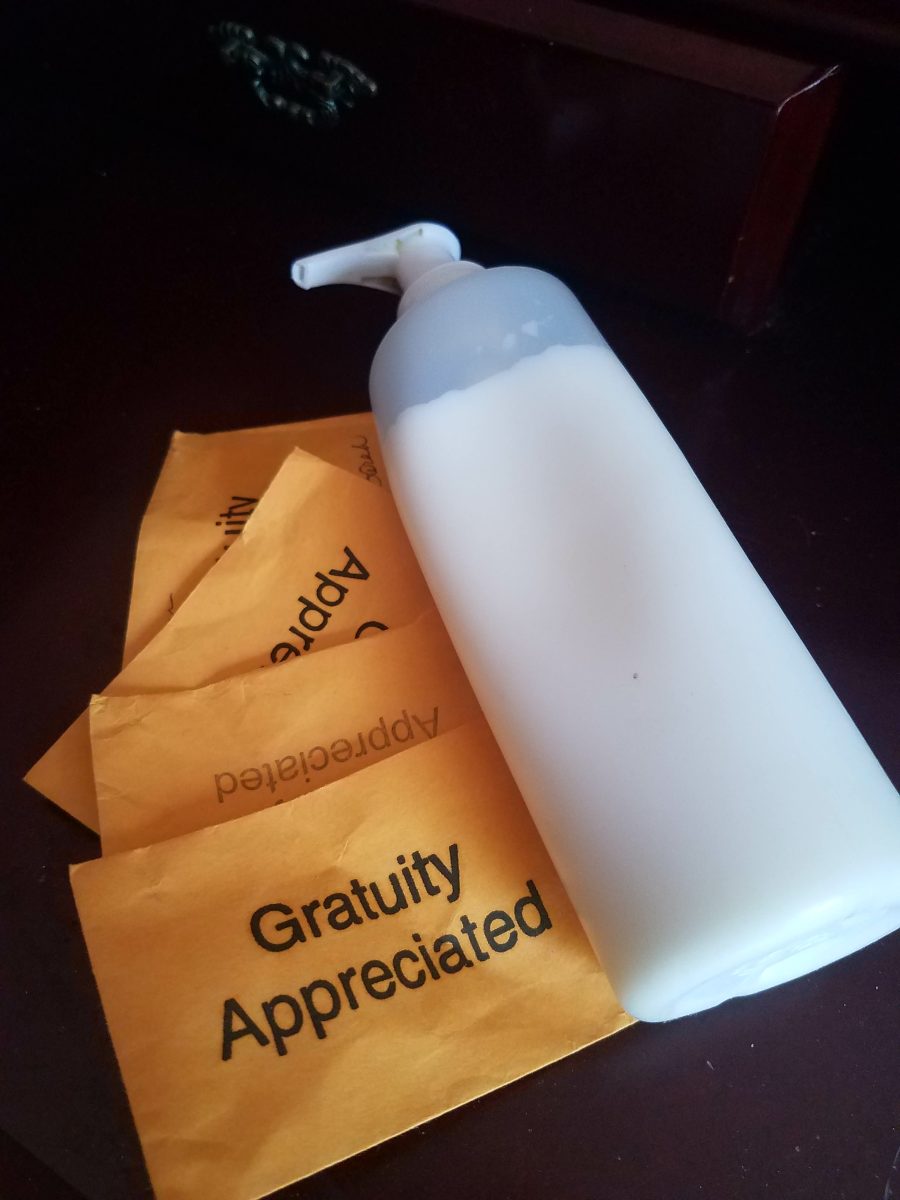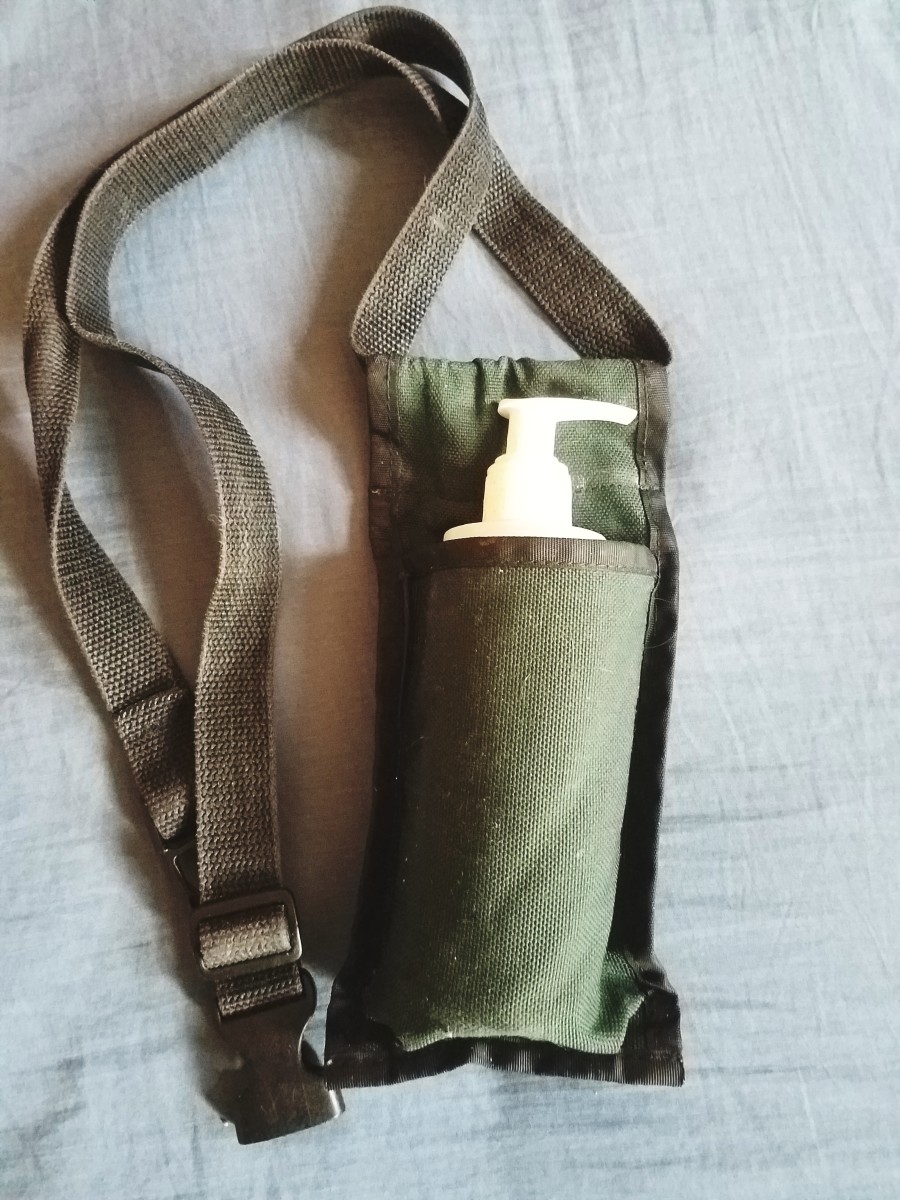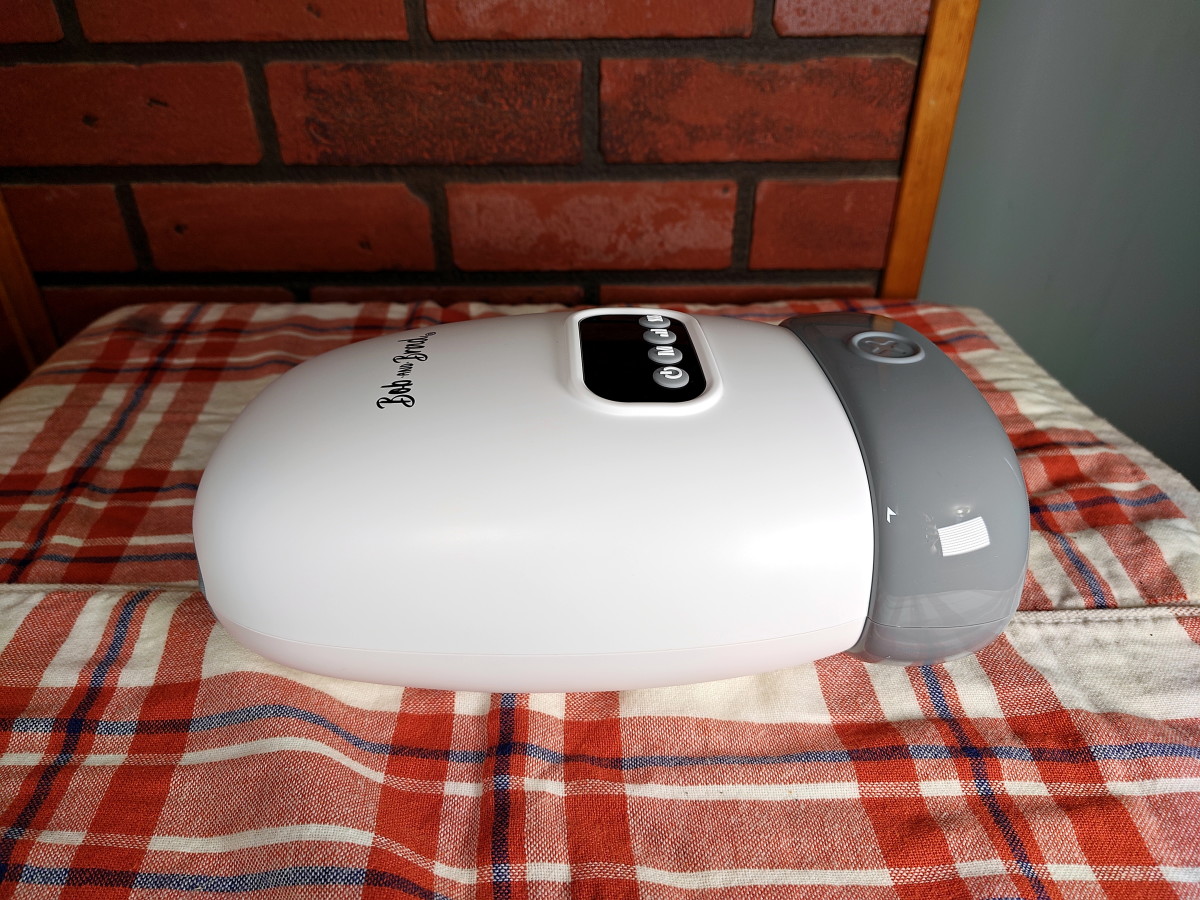What Massage Is and Why It Can Be Complicated to Define.
What is massage?
I have been a massage therapist for over a decade now and you cannot imagine how many times I have been asked, in one way or another, 'so what is massage exactly?' The clients would normally stop for a moment but hurriedly follow the question up with a, ‘I mean… what is it really' as if the term 'massage' was some shape shifting, unknown creature. There should be an easy answer to this question but its surprising how complicated it can get and, after all, if the answer was that easy people wouldn’t still be asking this question.
In a general sense massage is when a body’s skin, muscle, and tendons, as well as other soft tissue, is moved about in some way to help a person feel better. This seems easy enough, but the fact is things are more in depth than that. This definition of massage leaves out much of the more complicated parts to massage and a good definition should at least try and consider these other aspects.
Massage and the spa world
The problem is that the term massage has several factors that can change or differ from year to year and place to place. These shifting, almost fluid, influences make the exact definition of massage hard to pin down. For instance, certain techniques, like stretching of the body, aromatic oils, or the use of tools other then a massage therapist’s hands, like stones for instance, can be incorporated into the mix. Some people believe that these should not be considered massage techniques but rather spa techniques while still others feel that, in certain cases, there is not much separating the two. This can get pretty serious, at least in the massage world, since there are in fact massage companies that seem to advertise to a target population with the hook of "yes, we do this!" or "that's not real massage. Get a real massage from a real therapist". This just adds to the confusion of what massage really is.
Laws and regulations
Beyond even this, there are more things to confuse the definition like law and regulations. Certain areas or businesses may have laws or regulations that specify what massage is, what the scope of practice for a massage therapist should be, and what techniques and places are off limits. Some businesses that offer massage, for instance, state that the therapists working for them can not perform massage on a person's stomach. This can get a little confusing since there is actually entire forms of massage that focus on stomach work. Many of these are regional and specific to certain areas.
Massage around the world
Kicking it up a notch on to the more interesting side of things, along the same vein as I just mentioned, not all countries perform massage in the same way. In a Thai massage, very rarely will you get a rub down like most people think of when they think of massage. Thai massage will go deep, your normally clothed and you will be stretched and pulled. The therapist will be bending your body in ways you might not have thought possible. The therapist will often use their hands to grab a portion of your body and press their feet or heel into a different part of your body and then pull. It is intense. There are entirely different forms of massage out there that come from specific countries and cultures that are not always easy to come across at your local massage studio. These often utilize highly specific techniques that can sometimes be surprising and are always unique and interesting.
Conclusion
So how is someone supposed to define massage while taking these into account? In my professional opinion, I feel the definition of massage should be opened up a little more, it is not just the movement of soft tissue to help someone feel better but rather, a therapeutic movement of the body with focus to the soft tissue and achieved by many different means. These means included but are not limited to, stretching, rubbing, compression and tapotement and use the hands as well as other methods. It should be performed by a professional and applied with the intent to relax a person or bring relief to them. This should always be done taking into account the persons personal comfort levels and following the proper legal regulations of the area.








